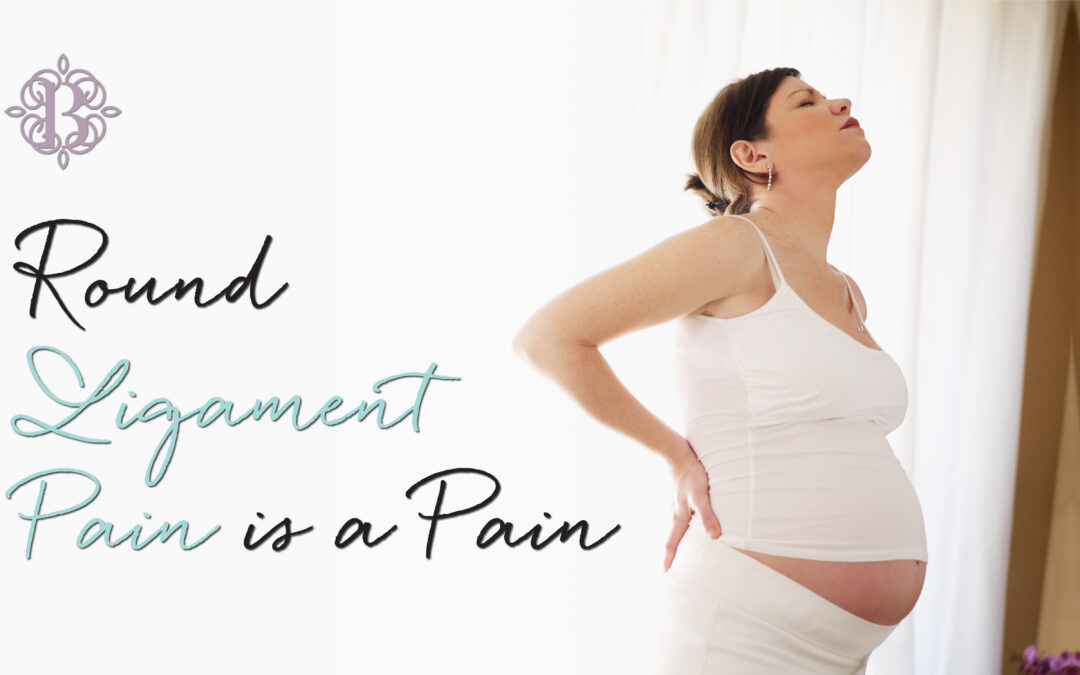Pregnancy symptoms can be confusing and quite honestly a little annoying, especially if this is your first baby. One such symptom includes round ligament pain. Knowing about it helps you stay prepared and prevents undue anxiety associated with the onset of sudden pain.
Round ligaments are two rope-like structures that play a part in supporting your uterus by helping it stay in place. By the second trimester, your uterus grows significantly in size, causing the ligaments to stretch and potentially cause pain.
What Does It Feel Like?
The stretching of round ligaments causes pain in the form of aches, cramps, or sharp stabbing episodic pain. It usually appears in the second trimester but can be earlier for some women if they have twins or a big baby.
The pain occurs on the lower sides of the body, it can be on one side or both sides depending on the position of your baby. The pain may be aggravated by movements such as talking, walking, or laughing. It can be especially bad with sudden movement like standing up from the couch too quickly!
What Causes It?
During pregnancy, your body produces a number of hormones that help it sustain a healthy pregnancy, and they also eventually prepare your body for labor.
As part of the preparation, the hormones cause relaxation and stretching of the support structures that surround your uterus to create room for the baby to grow and make the process of giving birth easier. Due to this, the round ligament also stretches.
The round ligament is responsible for connecting your uterus to the groin. Once your baby starts growing longitudinally, it causes the round ligament to stretch, causing pain.
Rarely, this pain could be a sign of endometriosis. So if it’s severe, it’s always good to talk to your healthcare provider.
Ways To Help Round Ligament Pain
Here are some ways you can deal with the round ligament pain during your pregnancy:
- Practice pelvic-strengthening yoga so the muscles support your internal organs better
- Ask an prenatal yoga expert if they can tell you any hip stretching moves
- Avoid any sudden movements
- If you need to cough or laugh or do anything of the sort, try leaning forwards first so you don’t exert the pressure downwards.
- Try a heating pad to help ease episodes of extreme pain
If none of these conservative methods work for you, it’s always best to consult your healthcare provider so they can help you.

